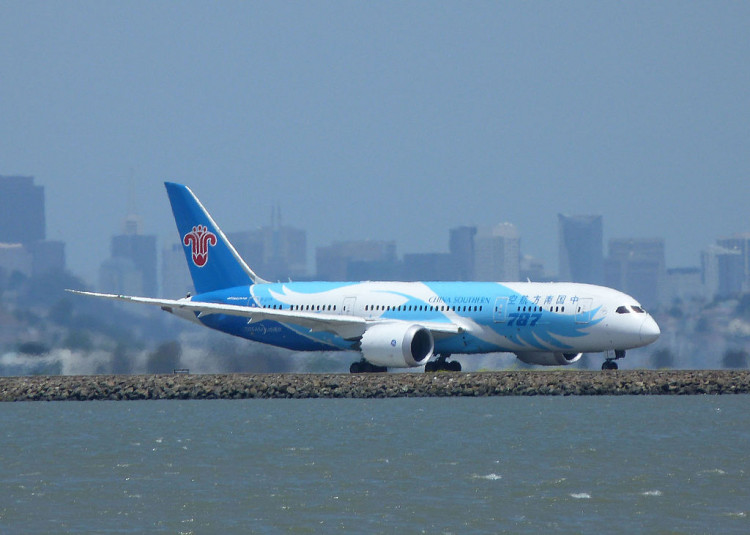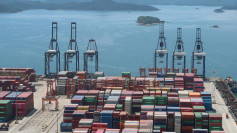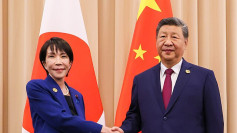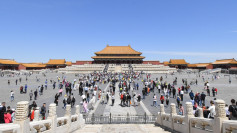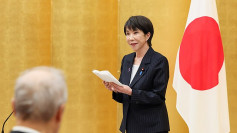China Southern Airlines, the country's largest and most prestigious carrier, has agreed to sell a 5 percent stake to Qatar Airways for an undisclosed sum. The Gulf carrier purchased for A and H shares in the Guangzhou-based airline in a deal that brings China closer to being the number one aviation market in the world, to eventually replace the United States.
This is not the first time that Qatar Airways, which is state-owned, has explored ownership stakes in other airlines, according to CNN. Some of the investments it made in the recent years include a 49 percent stake in Air Italy, a 20 percent interest in International Airlines Group, the parent firm of British Airways, and a 10 percent stake in Cathay Pacific. Qatar Airways had started being more aggressive with foreign partnerships after it was banned in 2017 from flying into the UAE and Saudi Arabia.
Meanwhile, China Southern Airlines' decision to sell to a Middle Eastern carrier reflects its openness to operate on a more cosmopolitan and global scale, as well as the central government's support of SOE mixed ownership businesses. Qatar Airways operates in some 1,500 airports in over 150 countries and flies out 14,250 flights daily.
China Southern is already servicing passengers to and from the US, Australia, and Europe and reportedly is working to turn Guangzhou as a major stopover point for international carriers passing through mainland China, says the South China Morning Post. China Airlines is also poised to move to its new headquarters in Beijing after the completion of Daxing Airport before 2019 ends. The purchase of shares could play a huge impact on how Chinese airline companies will move forward.
In a statement Qatar Airways CEO Akbar Al Baker recognized China Southern's role as a major aviation player, noting that the purchase offered both companies massive potential to expand and grow. According to the International Air Transport Association, China is expected to get past the US as the biggest aviation market in the world by 2023, fuelled partly by a more free-spending middle class who have no qualms about splurging on local and foreign travel experiences.
